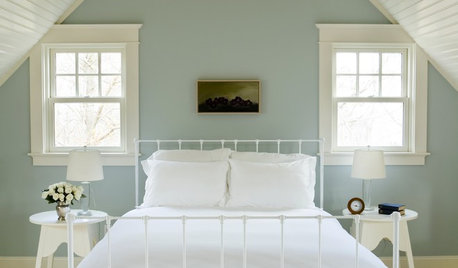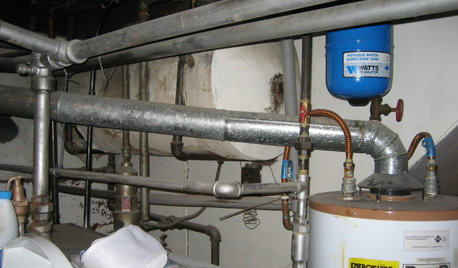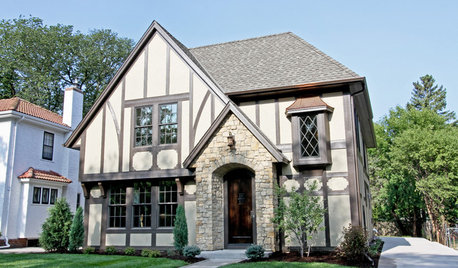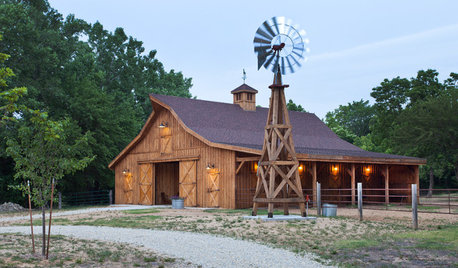True or false.
tiffy_z5_6_can
15 years ago
Related Stories

COLOR12 Tried-and-True Paint Colors for Your Walls
Discover one pro designer's time-tested favorite paint colors for kitchens, baths, bedrooms and more
Full Story
HOUSEKEEPING10 Things Neat Freaks Know to Be True
Do you err on the incredibly tidy side? Then you probably already live by these nuggets of neat wisdom
Full Story
SMALL HOMESTiny Houzz Tour: Living the Good Life Their Way
This owner-built home in Australia may be on the small side, but it provides the perfect space for the family’s big dreams to come true
Full Story
REMODELING GUIDES7 Bad Things Your Home May Be Hiding
What you don't know about your home could cost you during a remodel. Here's what to plan for
Full Story
ROOTS OF STYLERoots of Style: The Indelible Charm of American Tudors
Rich details and an intimate scale give this English-inspired architectural style memorable character and flexibilty
Full Story
TRADITIONAL STYLEFarmhouse Style: Windmill Power Comes Around Again
Windmills helped win the West. Today these hardworking features are still winning our hearts
Full Story
BASEMENTSDesign Workshop: Is It Time to Let Basements Become Extinct?
Costly and often unnecessary, basements may become obsolete — if they aren’t already. Here are responses to every reason to keep them around
Full Story
MOST POPULARHow to Get Rid of Those Pesky Summer Fruit Flies
Learn what fruit flies are, how to prevent them and how to get rid of them in your home
Full Story
GREEN BUILDINGHouzz Tour: Going Completely Off the Grid in Nova Scotia
Powered by sunshine and built with salvaged materials, this Canadian home is an experiment for green building practices
Full Story
HOUZZ TOURSHouzz Tour: A Home Full of History and Surprise
Minnesota designer remodels a historic residence using traditional styles and techniques
Full StoryMore Discussions






lorna-organic
gatormomx2
Related Professionals
Wrentham Landscape Architects & Landscape Designers · Lowell Landscape Architects & Landscape Designers · Milwaukee Landscape Architects & Landscape Designers · Saint Louis Park Landscape Architects & Landscape Designers · Addison Landscape Contractors · Goodlettsville Landscape Contractors · Hickory Hills Landscape Contractors · New Cassel Landscape Contractors · Peoria Landscape Contractors · Rochester Landscape Contractors · Wentzville Landscape Contractors · White Bear Lake Landscape Contractors · Winter Gardens Landscape Contractors · Bellingham Decks, Patios & Outdoor Enclosures · White Bear Lake Decks, Patios & Outdoor Enclosuresdigdirt2
Kimmsr
tiffy_z5_6_canOriginal Author
Kimmsr
paulns
gardengal48 (PNW Z8/9)
paulns
gardenfanatic2003
shellva
tiffy_z5_6_canOriginal Author
paulns
tiffy_z5_6_canOriginal Author
paulns
paulns
paulns
rj_hythloday
tiffy_z5_6_canOriginal Author
reg_pnw7
paulns